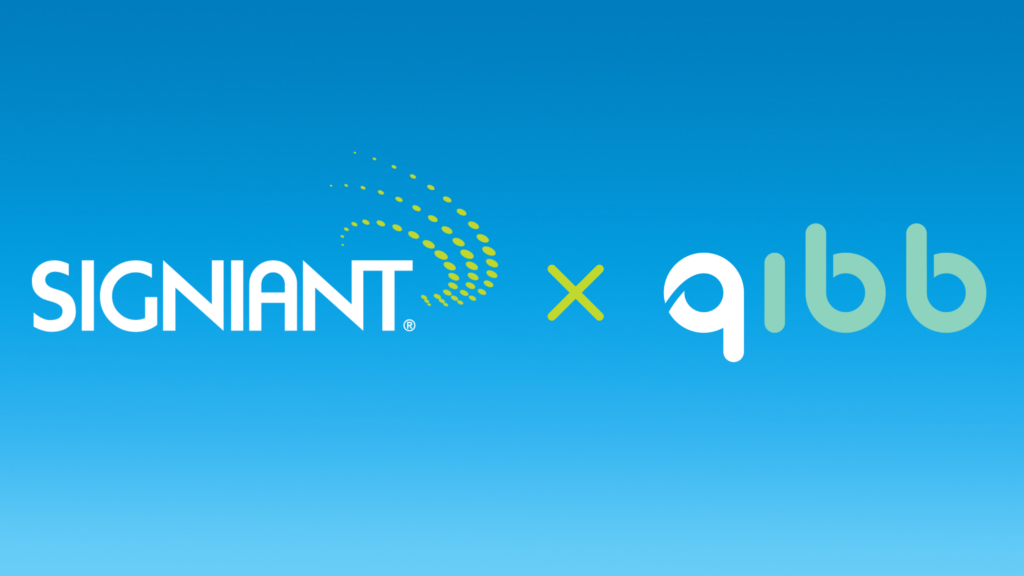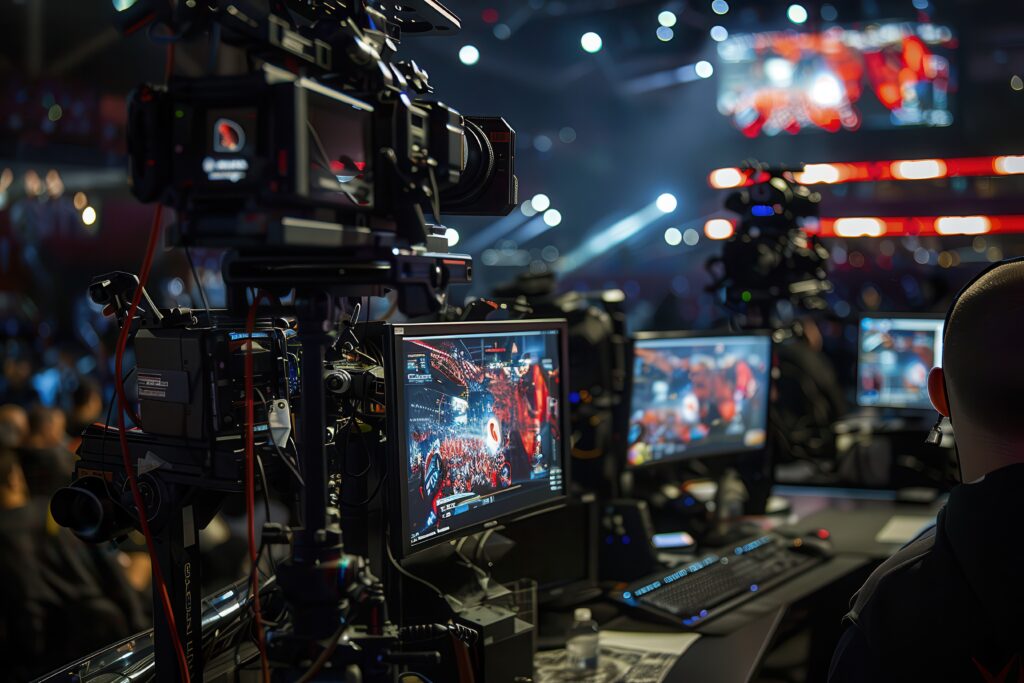The Future of Sports Technology at SXSW
Sports Take a Grander Stage at SXSW
The 23rd annual South by Southwest (SXSW) Interactive, Film, and Music Festival in Austin, Texas starts this Friday. For nine days, attendees will be fully immersed in music, film and the emerging technologies that help create it all.
This year, the SXSW Interactive Festival will feature a special panel on “Content Creation and the Future of Sports TV” to discuss how technology will open media to a global audience and new media consumption trends. Mashable CTO Robyn Peterson will moderate the panel, with guests George Barrios of WWE, Bob Bowman of MLB, and Tara Maitra of Tivo.
Perhaps more than any other genre, sport broadcasting is delivering content to an increasingly diverse audience that consumes content in an increasingly diverse way.
For example, more than 750 million people around the world watched the 2015 Women’s World Cup championship game between the U.S. and Japan at home on TV, making it the most watched sports event of all time. And “an estimated 86 million people around the world watched match coverage online or on a mobile device, as viewers diversify the ways in which they consume sports content,” wrote FIFA on their website.
Live streaming and everything else
While live streaming occupies the biggest stage, viewers’ attention is often moving between live games and other devices as they search for videos, replays, news and interviews. And that doesn’t even touch upon post-game content consumption or the shows and documentaries that utilize game footage.
Increased global access to the Internet, from 2.9 billion people in 2014 to 3.2 billion in 2015, has generated a huge demand for sports coverage. In response to this global internet audience, sports broadcasters have upped their technology platforms, like social media interactive platforms and fan-focused mobile apps.
But platform innovations are not the only technology area that sports broadcasting is pushing. From initial footage capture to the way that footage passes through production and distribution, sports broadcasting is experimenting with new technologies at every phase.
Innovative ways to capture sports footage
The rapid and widespread adoption of 4K among broadcasters created a much-improved sports viewing experience, and helped drive the consumption and variety of sports related content. But broadcasters didn’t stop at 4K. That same Women’s World Cup championship match that broke viewing records also was a testing ground for 8K.
Another example of technology pushed to new levels by a big sports event: last year’s U.S. Open coverage used drones and hole mics to bring in audio-visuals from every level possible.
Then there was last week’s UCI World Track Cycling Championships in London, where broadcasters used footage from on-board cameras mounted under cyclists’ saddles. Along with the rushing roar of the velodrome, it was a uniquely dramatic experience that brought even seasoned viewers closer to the speed and intensity of the sport.
Cloud-based technologies
Less notable to viewers, but even more transformative to the way sports broadcasters deliver content, has been their growing use of cloud technology. The cloud opens up possibilities for global content production, archiving, ingest and delivery in ways that were not possible before.
Cloud-based media file transfer solutions like Media Shuttle allow broadcasters to quickly transfer live footage in 4K or even 8K throughout the production process and during distribution, while Flight allows broadcasters fast and secure transfers to and from their cloud object storage. Both Media Shuttle and Flight use a Software-as-a-Service business model that allows broadcasters to pay for what they use, and reduce the total cost of ownership with minimal to no hardware investment.
The efficiencies of cloud technology, along with the new ways it allows broadcasters to monetize on content, stand to improve the broadcasting business overall. And lower production costs mean even more variety of sports covered and watched by even more people around the world, which seems like a really good thing. To quote Sebastian Coe:



